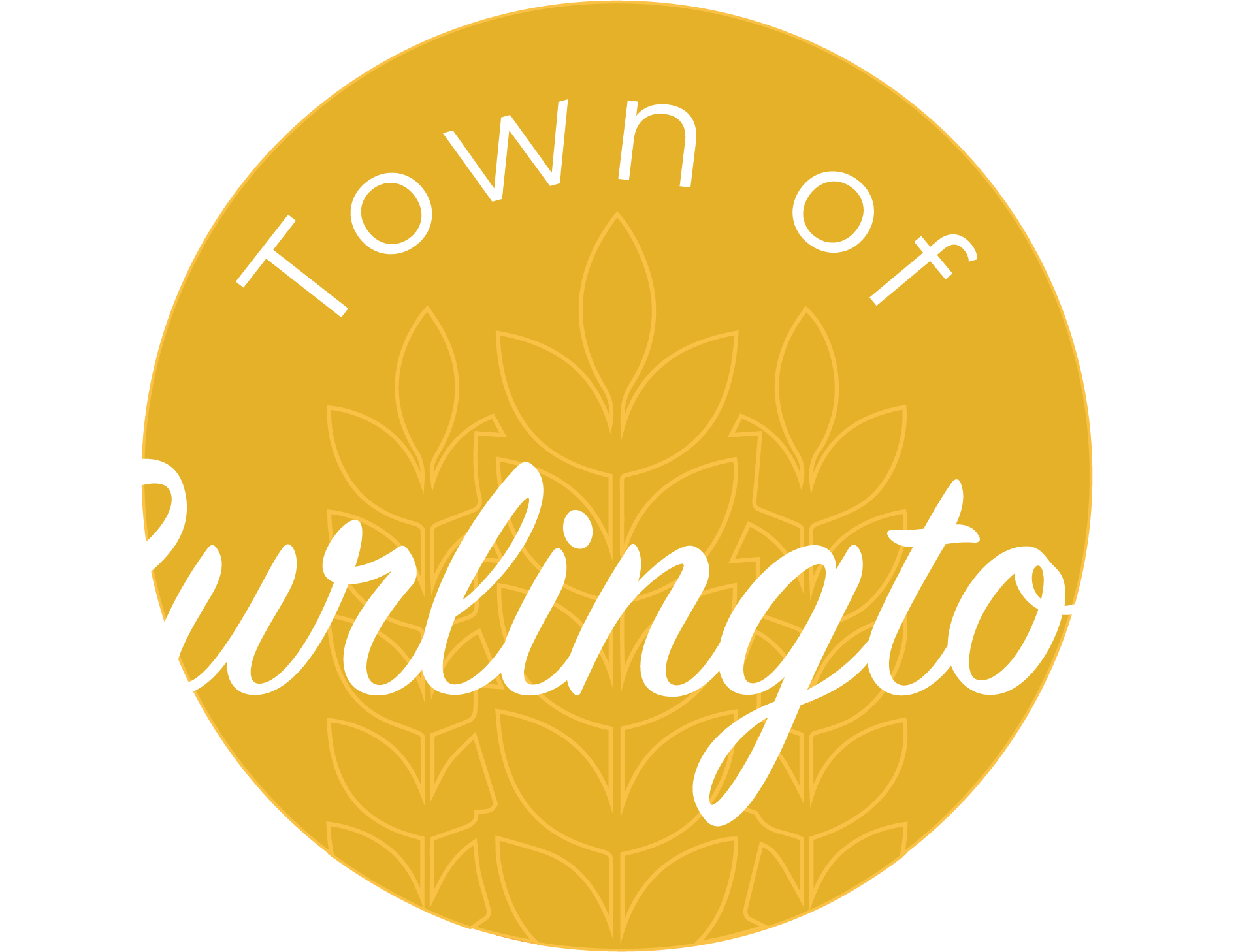At the January 11, 2024 meeting the Town Board adopted Ordinance 8.42 Fee for Non-emergency Lift Assistance and Resolution 2024-1 Non-Emergency Lift Asistance Fee Resolution. The ordinance will take effect on Friday, February 2, 2024. Please contact Town Hall at 262-763-3070 with any questions.
Fee for Non-Emergency Lift Assistance
Sections
8.42.00 Purpose
8.42.01 Definitions
8.42.03 Determination of Non-emergency Lift Assist
8.42.04 Assessment of fee
8.42.05 Waiver of Imposition
8.42.06 Billing, Delinquency, and Collection
8.42.07 Appeal from Administrative Decision
8.42.00 Purpose
The purpose of this Chapter is to enact a penalty fee to discourage the use of the 911 emergency system to dispatch personnel of the Town of Burlington or its contractors and partners for non- emergency lift assistance. The intent is to provide a disincentive for the practice of using publicly-funded emergency services to provide non-emergency assistance.
8.42.01 Definitions
For the purpose of this section, the following terms, phrases, words, and their derivations shall have the meanings given:
“Lift assist” means a response by the emergency response unit of a private contractor of the Town or the unit of another public safety department providing automatic or mutual aid to the Town in lifting an uninjured fallen person to a pre-fall position.
“Non-emergency/emergency” means a determination, based upon an assessment by the commanding officer or Lead EMT of the emergency response unit, that there is not an emergency medical condition or medical necessity justifying the presence of the emergency unit at the facility.
8.42.03 Determination of Non-emergency Lift Assist
Based upon the assessment undertaken by the commanding officer or Lead EMT of an emergency response unit dispatched and their determination that no emergency medical condition or emergency medical necessity exists, the officer shall declare the incident a non-emergency lift assist in their incident report.
8.42.04 Assessment of fee
Fire Chief, or designee, shall be authorized to issue a fee for each incident determined to be non- emergency lift assist. The fee for providing such lift assist shall be for services accumulated in a single calendar year from January 1 through December 31. The amount of the non-emergency lift assistance per incident penalty fee shall be established by resolution of the Town Board. Breakdown categories for charging fees are:
1 or 2 assists to a single address – No fee
3 to 5 assists to a single address
6 to 7 assists to a single address
8 to 9 assists to a single address
Each additional occurrence above 9 assists to a single address
8.42.05 Waiver of Imposition
In the event the Fire Chief, or designee, determines that Town’s assessment or determination of a response as a non-emergency lift assist was in error or there were other mitigating facts which the commanding officer did not possess at the time of the incident, the Fire Chief, or designee, may waive imposition of the applicable fee(s).
8.42.06 Billing, Delinquency, and Collection
- The property owner will be invoiced at the beginning of each month for lift assistance at the residence.
- Any bill or invoice for the fee imposed pursuant to this ordinance shall be considered delinquent upon the expiration of the time allowed for payment, which is thirty (30) days from the date of the invoice. If the payment is not received by the next invoice cycle, a late fee of $25.00 will be applied for every thirty (30) days in which the payment is past due.
- Any unpaid invoice over sixty (60) days will receive a final written notice mailed out on November 1st of each year requesting payment in full before unpaid balance is added to the property tax bill as a delinquent charge, if the obligated party is also the property owner.
8.42.07 Appeal from Administrative Decision
Any party subject to a fee under the provisions of this section shall have a right of appeal to the Fire Chief, or designee. A notice of appeal must be submitted in writing no later than ten days after issuance of the notice of the fee and must be directed to the Fire Chief, at the address listed on the notice of fee. The written appeal should include the fee reference number and the party’s reasoning why the determination of notice of non-emergency lift assist should be reconsidered. Within 30 days of receipt of a written appeal, an impartial review of the appeal shall be completed by the Town Board and a recommendation shall be presented to the Fire Chief, or designee, for final decision, which will be reported to the appellant in writing. The appellant shall have the opportunity to speak and present evidence at such meeting before the Town Board. Unless a notice of appeal is properly filed in accordance with this section within ten days of the issuance of notice of fee, said fee is deemed final.
NON-EMERGENCY LIFT ASSISTANCE FEE RESOLUTION
Resolution 2024- 1
WHEREAS, the Town of Burlington Code of Ordinances, Chapter 8.42, which provides for non-emergency lift assistance penalty fee
WHEREAS, said chapter of the Town of Burlington Code of Ordinances allows the town to establish the amount of said fees by resolution.
IT IS HEREBY RESOLVED, the following fees will be collected:
|
1 or 2 assists to a single address |
No Fee |
|
3 to 5 assists to a single address |
$150.00 |
|
6 to 7 assists to a single address |
$200.00 |
|
8 to 9 assists to a single address |
$250.00 |
|
10 or more assists to a single address |
$300.00 |
